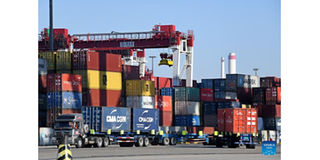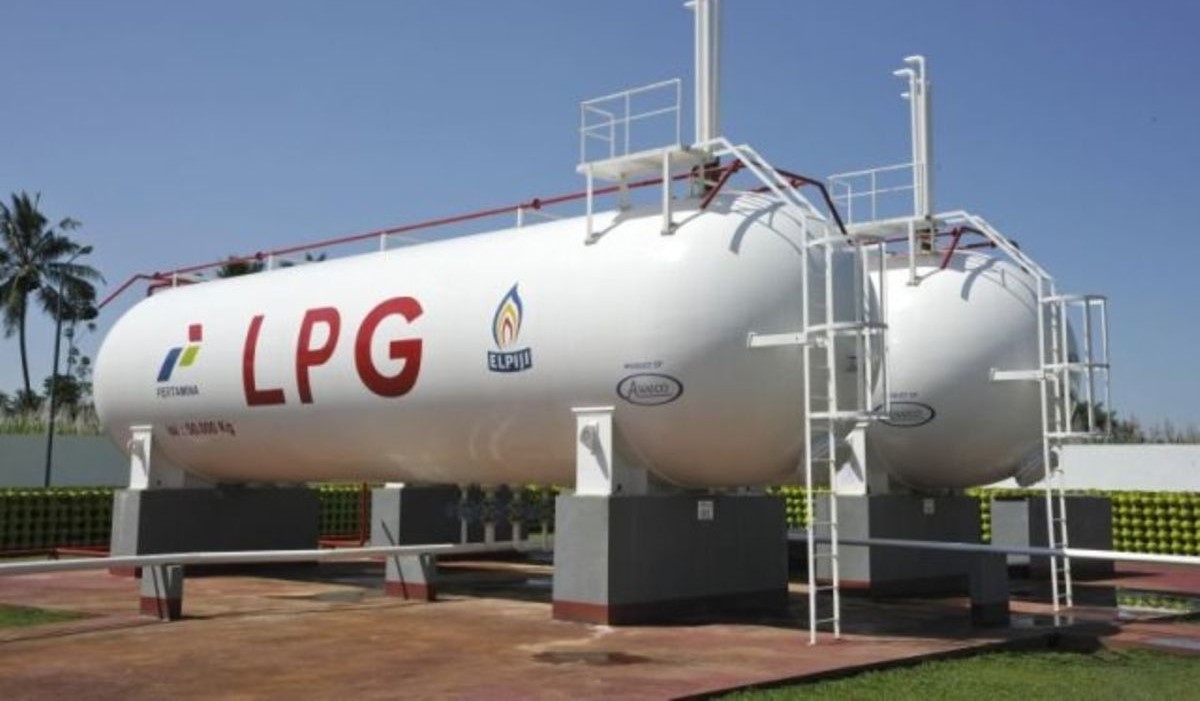EAC records $0.8 billion trade surplus as exports surge

What you need to know:
- Total exports jumped by 47.3 percent to $17.7 billion, outpacing a 4.6 percent rise in imports to $16.8 billion. Domestic exports grew by 48.1 percent, while re-exports increased by 32.4 percent, reflecting gains in locally produced and value-added goods.
Arusha. The East African Community (EAC) has made a dramatic turnaround by posting a trade surplus of $0.8 billion in the first quarter of 2025, as exports surge.
The bloc recorded $4.0 billion trade deficit during the same period last year, according to the EAC Quarterly Statistics Bulletin for January–March 2025 which added tha the improvement was driven by a surge in exports, stronger intra-African trade, and enhanced competitiveness among partner states.
Total exports jumped by 47.3 percent to $17.7 billion, outpacing a 4.6 percent rise in imports to $16.8 billion. Domestic exports grew by 48.1 percent, while re-exports increased by 32.4 percent, reflecting gains in locally produced and value-added goods.
“Intra-African trade contributed significantly to this outcome,” states the Bulletin compiled by the EAC secretariat in partnership with national statistics offices and central banks of the partner states.
“Trade within the continent grew by 53.9 percent to $9.5 billion, accounting for 27.5 percent of total EAC trade. Intra-EAC trade alone rose by 53.6 percent to $5.2 billion, underscoring progress in regional integration and the removal of trade barriers,” it added.
China remained the EAC’s largest trading partner, followed by the United Arab Emirates, India, South Africa and Japan. Notably, the region posted a trade surplus of $1.8 billion with China for the first time in recent reporting periods, buoyed by higher exports and a slight dip in imports.
Other major export destinations included South Africa, Hong Kong and Singapore.
Key imports continued to be dominated by petroleum products, vehicles, machinery and plastics, while base metals, minerals, agricultural goods, precious stones and machinery accounted for over half of total trade value.
Inflation remains a challenge
Despite the trade gains, the Bulletin notes that inflationary pressures persist. Annual headline inflation across the EAC, measured by the Harmonised Consumer Price Index, stood at 27.0 percent in March 2025 – down from 30.6 percent in February but far higher than the 6.7 percent recorded in March 2024.
Month-on-month headline inflation stood at 0.2 percent in March compared with minus 0.5 percent in February.
“The annual average headline inflation for 2024 stood at 13.5 percent, up from 6.3 percent in 2023,” the Bulletin reports, attributing the surge mainly to high price levels in South Sudan (99.9 percent) and Burundi (20.8 percent).
Core inflation, excluding food and energy, reached 28.9 percent in March 2025. Food inflation eased slightly to 49.4 percent from 55.6 percent in February, while energy and utility inflation remained stable at 3.3 percent.
Monetary trends
The Bulletin shows that broad money supply expanded by 10.1 percent in the first quarter, reflecting improved liquidity in partner states’ economies.
This was supported by a 21.1 percent rise in net credit to government, signalling continued fiscal expansion, alongside a 5.5 percent increase in credit to the private sector, pointing to a gradual recovery in business activity.
Net foreign assets grew by 18.1 percent on the back of stronger external inflows, including remittances.
Lending patterns varied across sectors. Agricultural credit rose by 6.6 percent, construction by 17.5 percent and real estate by 4.8 percent.
Wholesale and retail trade received 9.6 percent more credit, while manufacturing saw marginal growth of just 0.5 percent.
Households remained the largest borrowers, with outstanding loans of $13.8 billion, followed by the wholesale and retail trade sector at $7.9 billion.




